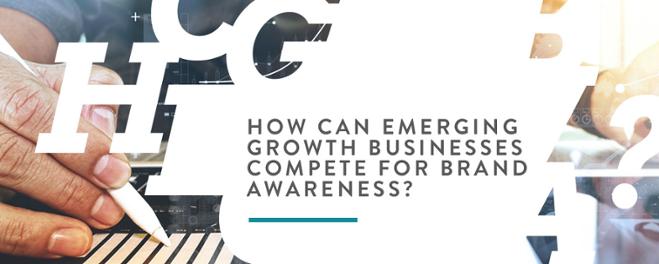Hands down, one of the most – if not the most – important parts of the integrated marketing and PR engagement comes before the ink is even dry on the contract: goal setting. If you think about the client and agency relationship in terms of dating, the new business dance is where everyone is all butterflies and rainbows and you know – just KNOW – that everything is going to be perfect. Of course, the firm is going to deliver a profile of the handsome CEO THE WSJ in week one. And there’s no way that amazing agency can’t increase social followers by 1,000 percent in month one with all the cutting-edge content the client provides. Easy.
But just like a new love interest, the spark will die off fast if you’re not honest and forthright from the beginning. And these honest conversations aren’t a one-time discussion – keep that conversation going with mid-year check-ins and ongoing assessments of how the program is performing. The best agency/partner relationships are ones built on communication and transparency, with both parties making an effort to move the partnership forward.
Here are a few tips to kick off a successful engagement:
1. Be honest. No data, no compelling spokespeople and no connections to interesting trends does not a Fortune article make. Set achievable goals to build up to top-tier coverage and long-term objectives. Have your agency outline some initial trends and well-matched media targets so that you’re both on the same page. This is especially important in times of low news or new news periods for your company.
2. Focus your goals incrementally. Don’t promise 2,000 new Twitter followers by the end of the year without a paid social media strategy. Get a baseline, see what you have to work with and work in monthly or quarterly goals. Determine what is a priority in terms of goals with your integrated marketing and PR program. Is it brand awareness? Executive thought leadership? Lead gen? Remember to constantly be assessing your marketing programs – each quarter, at mid-year and at year end to see what’s working and what’s not. Are you truly meeting your objectives? Has something changed in the industry that necessitates a strategy shift? For example, if there’s been a new target audience added to the mix you’ll need to work on finding the right channels and content to reach that audience. A shift in direction could occur at any time so it’s best to stay ahead of these changes and adjust your success and goals throughout.
3. Sometimes, you need to blow it up. It seems to be taboo in PR to admit that the ideas you originally determined were life-affirming, next-level, Uber-caliber stuff aren’t producing the desired results. That’s okay. A true PR partner tells their client that despite our best efforts, we need to re-focus or even throw a grenade at the whole thing and re-build. Trust me, they’ll think more highly of you for it.
4. TALK. This sounds so basic. We talk to our clients all the time: on weekly calls, about ed opps, about the social calendar, about the video in development. But often times, we forget to throw some time on the calendar every other week to just check in and see how the work we are doing is resonating with THEIR boss. One on one time with clients is invaluable and will lead to long-term relationships versus a one-time date.
Client/agency relationships aren’t always easy and can often be downright messy. But if you start with a good foundation and continue the relationship with openness, honesty and transparency, you’re likely in for the long haul. Just like my grandparents – who have been married for 67 years.
For information on how to build strong client and agency relationships check out Voice of the Valley: Seven Steps to a Strong Agency Relationship.



